Anyone who has lived in the Midwestern United States is likely well familiar with the region’s short winters that are usually accompanied by minimal sunlight and finicky weather conditions. Both of these characteristics of the area’s climate pose challenges to automotive engineers who need to test vehicles in outdoor conditions, especially for such important yet intricate elements as the way a vehicle’s cabin handles light and reflections during various illumination conditions during the day. Luckily, Ford has found a solution.
Known internally at Ford as the Lighting Lab, the Visual Performance Evaluation Lab allows engineers to recreate daylight in order to reduce sun glare on vehicle controls and instrument panels. The lab houses a 30-foot planetarium-like dome with 270 metal lights to simulate sunlight conditions, from dawn to dusk. The ability to emulate the phases of the earth’s revolution around the sun is complemented by additional lights that line the perimeter of the dome, which can be adjusted to simulate the effects of various weather conditions.
For instance, engineers can move the lights around the vehicle to angle it in whatever way they need to light the inside of a vehicle, thus emulating real-life driving situations. The gaol is to set up a baseline for the friendliness of a cabin’s readability, including for such cabin components as switches, clusters, climate controls, navigation systems, radios, or entertainment systems.
To perform an evaluation, a vehicle is first placed in the middle of a large circular space within the lab, and a switch is then flipped to power four 1,500-watt lights. Engineers can then simulate light conditions seen at any time of day, anywhere in the world by moving the arm to specific points around the circle’s edge and adjusting the spotlights and floodlights in the ceiling. Controlling lighting in the dome can also vary weather conditions from bright sun to full cloud cover.
To quantitatively measure results inside a vehicle’s cabin, engineers set up a photometer inside the car, and then point the photometer at each component that they want to test. Photos are then taken and analyzed, with a determination being made about whether a part meets Ford’s criteria, which consist of glare, reflection, and interior legibility.
One of the most recent vehicles to undergo testing at the facility is the 2015 Mustang and its new aluminum dash panel, which was tested to ensure that it didn’t cause glare to drivers under a variety of lighting conditions, and that the instruments found in the pony’s optional gauge pack were always legible.
“With the Lighting Lab, we can ensure that the first time a buyer sits in the 2015 Ford Mustang, that person will be able to see the interior as the designers originally envisioned it – in the best light possible,” said Mahendra Dassanayake, Ford lighting technical specialist. “Whether the car is parked outside or is sitting on an auto show floor, whether it is a bright, sunny day, or overcast and snowing, the materials and controls in the Mustang will be both visually satisfying and highly functional.”
The goal of the Lighting Lab is simple: to ensure a good ownership experience for the customer. The facility empowers Ford with the flexibility to recreate any kind of lighting condition anywhere in the world with increased accuracy when designing the cabins of its new vehicles, a step that is crucial in the development of the automaker’s ever-growing lineup of products sold all around the world.
Ford has made notable strides in making the interiors of its vehicles less distracting during various lighting conditions, which is especially true for the new jewel finishes in today’s vehicles. Before the lab existed, engineers would have to wait for a sunny day outside to do these kinds of evaluations, which is quite a challenge during winter months in Michigan. Nice to know that Ford can always make it sunny inside its Lighting Lab.

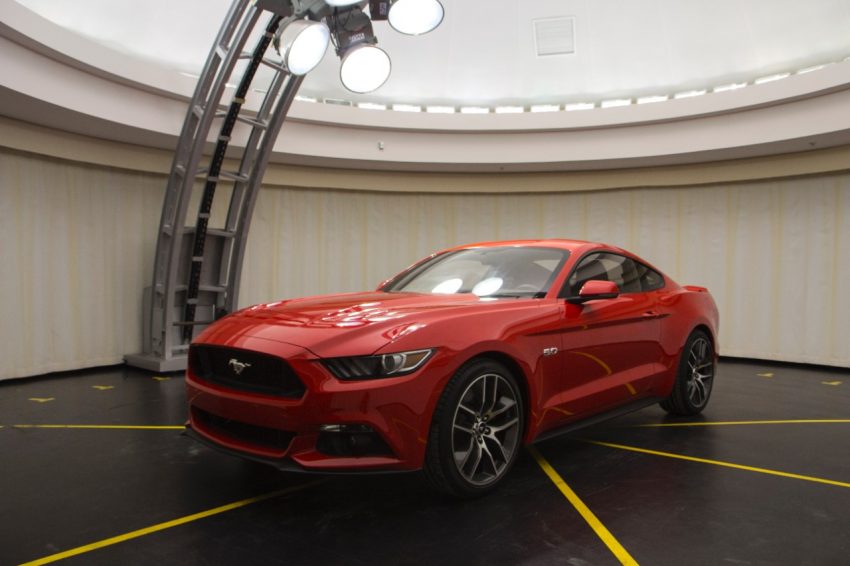
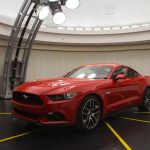
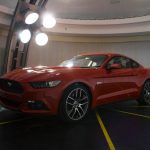
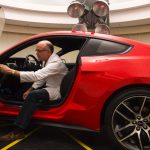
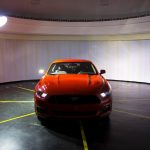
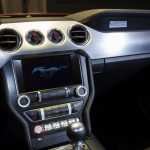
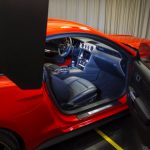
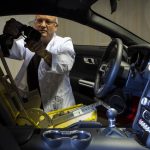
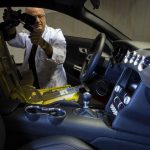
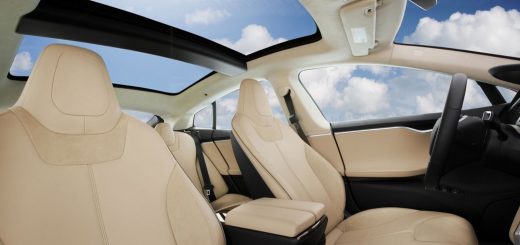
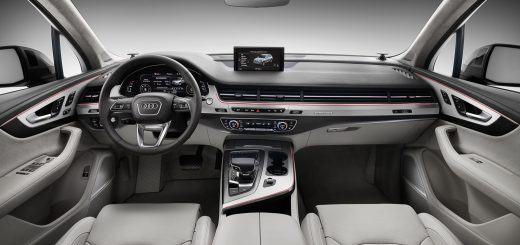
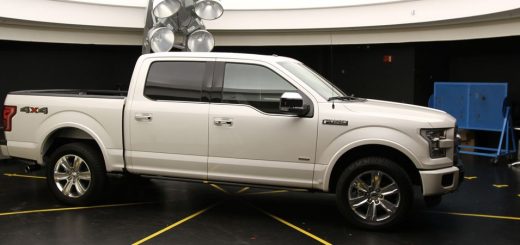
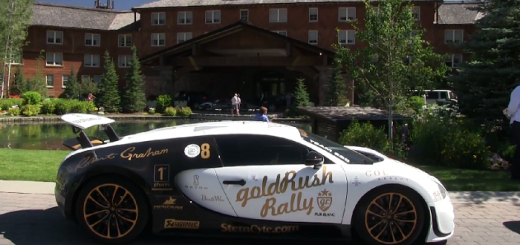
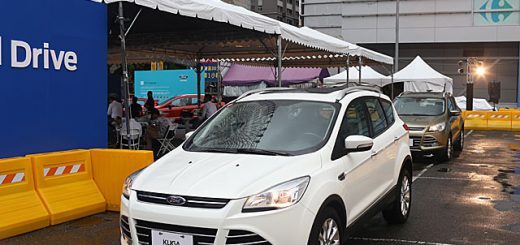
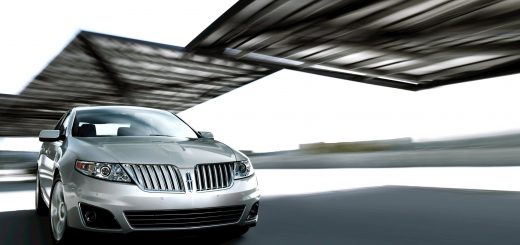






No Comments yet